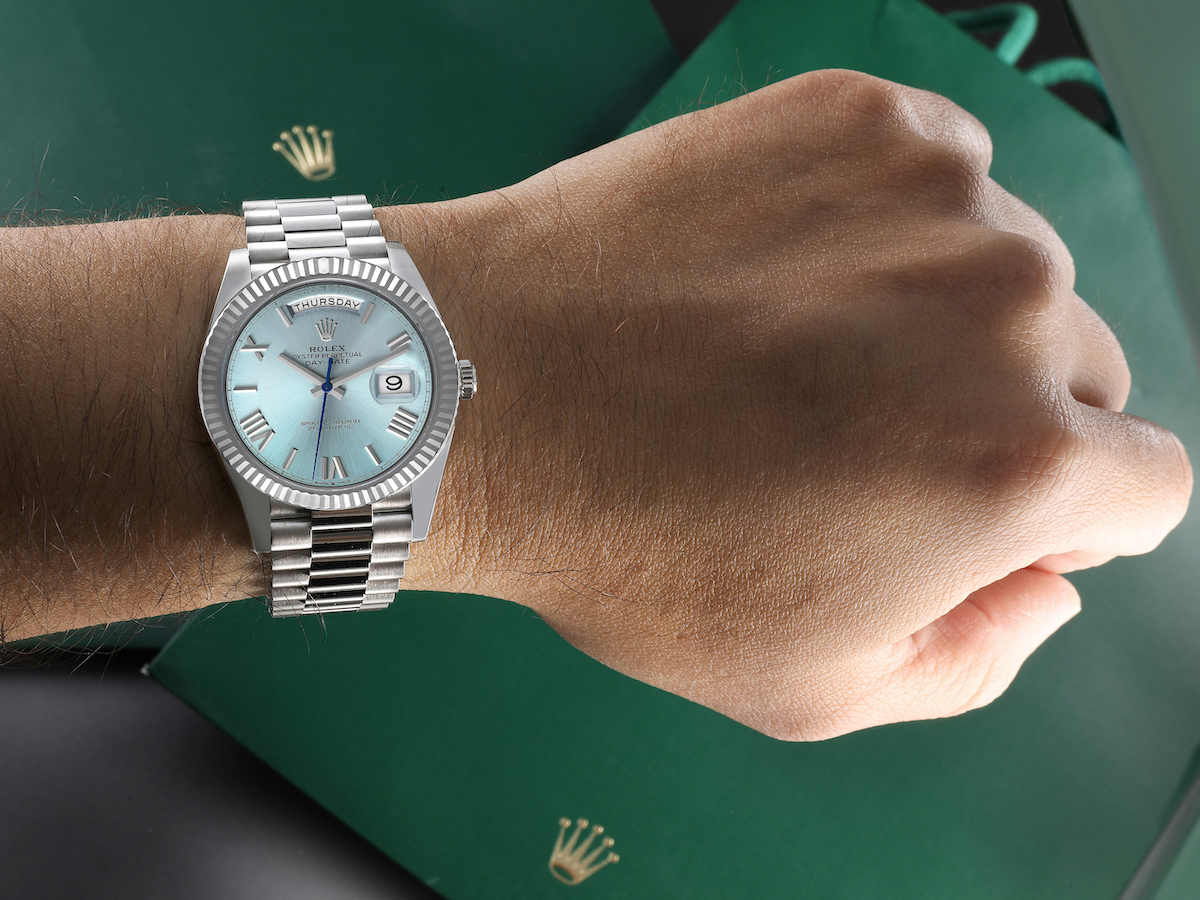Those who buy Rolex watches would know that they’re made with the highest standards. Rolex, the most recognized watch brand in the world, is globally renowned for its commitment to exceptional craftsmanship and timeless design.
When you buy a Rolex watch, you know that every step in creating this work of art was completed in a Rolex facility with minute attention to the tiniest details.
However, what you might not be aware of is that Rolex watches are not produced in a single location. Instead, every component of a Rolex timepiece is meticulously crafted and rigorously examined in specialized facilities located throughout Switzerland: Geneva, Bienne, Plan-les-Ouates, and Chene-Bourg.
<>
Who Makes Rolex Watches?
The story of Rolex begins in the early 20th century, when a remarkable watchmaker named Hans Wilsdorf embarked on a visionary journey. He began his career in the early 1900s by working for Swiss watchmaking companies. By 1905, he ventured out with Alfred Davis to set up their own watchmaking company named Wilsdorf & Davis in London.
Their business began by specializing in the distribution of timepieces, before eventually creating their own watches equipped with very precise movements from Bienne, Switzerland. In 1908, they registered Rolex as the brand of their timepieces.
Upon his death in 1960, ownership of Rolex was passed on to the Hans Wilsdorf Foundation, a private family trust. Through meticulous foresight and planning, Wilsdorf ensured that his life’s work would endure for years to come.
<>
The Rolex Headquarters, Geneva (Switzerland)

In 1919, at the end of the first World War, the company relocated its headquarters to Geneva, Switzerland and established Rolex Geneva S.A. as the sole proprietor. Geneva has long been celebrated as the epicenter of Swiss watchmaking, and moving to this picturesque city solidified Rolex’s identity as a quintessential Swiss watchmaker.
Its current headquarters were built in 1965 in Les Acacias, Geneva. Any Rolex aficionado will recognize the tell-tale façade of the building as it sports the famous Rolex green.
Within these headquarters, you’ll find their brand management, research and development, design, communications, sales, after-sales service, the final assembly facility, and their quality control department. In the course of their history as watchmakers, over 500 patents have been registered by the scientists and watchmakers of Rolex.
The Rolex world headquarters in Acacias, Geneva is one of four sites where Rolex watches are made. The watches are developed, assembled, and tested here, to culminate production and manufacturing that takes place in three other sites:
Bienne for the movements
Plan-les-Ouates for the watch cases and bracelets
Chêne-Bourg for the dials, Cerachrom bezels, and gemology and gem-setting
Rolex is currently in the process of constructing a fifth site in the canton of Fribourg, specifically in Bulle. Rolex prides itself on the quality control standards of every piece they create, and centralizing their entire operations within these sites ensures that they control every aspect of their prduction.
Given its dominance in the luxury watch industry, Rolex does not offer factory visits to the public, to safeguard their manufacturing processes, trade secrets, and ensure the utmost confidentiality and exclusivity.
<>
Cases and Bracelets: Plan-les-Ouates
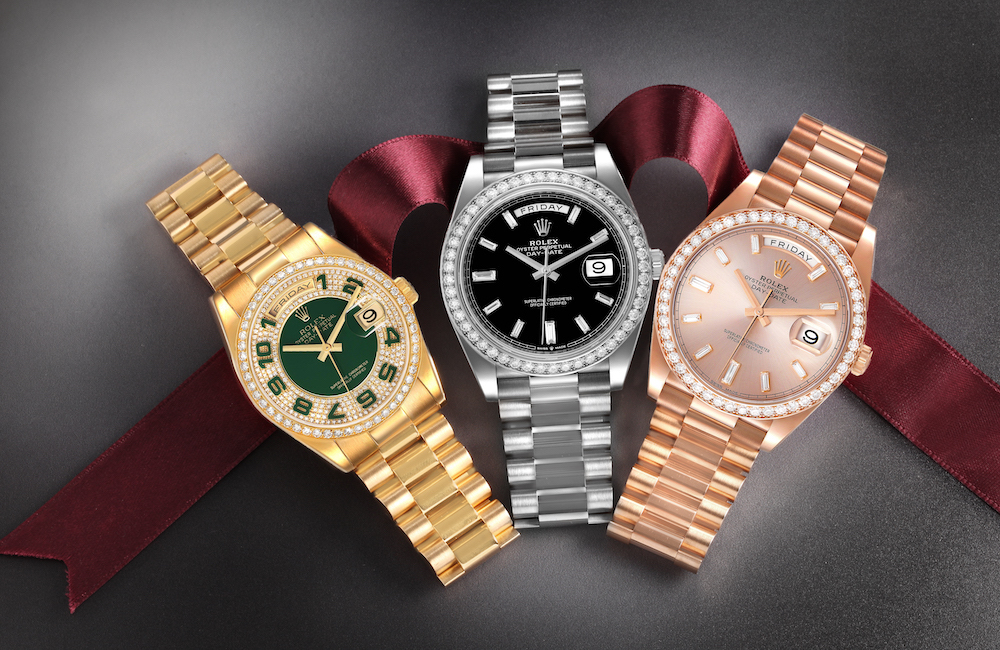
At the largest facility owned by Rolex and also located in Geneva, Switzerland, Plan-les-Ouates is responsible for producing the stunning cases and bracelets. They are serious about security here, with the nature of the materials used. Six of the total eleven stories in this facility are completely subterranean.
Security is important when the entirety of Rolex’s gold foundry is stored here. The site is also home to its state-of-the-art laboratory with its robotic inventory. Combined with the subterranean nature, they also use top-of-the-line iris scanners to protect their investments.
Here, they create their 18k gold materials that go into each luxury watch, in their three blends: yellow gold, white gold, and the Everose gold, their patented rose gold alloy. While this is the most important work in Plan-les-Ouates, they also manufacture their 904L stainless steel here, dubbed Oystersteel. They cast the gold and form the raw materials, and also do all the machining and even polishing of the finished components before sending them off to headquarters.
In other parts of the facility is their ceramics department. As with most Rolex-associated facilities, even the ceramics is industry-leading in development. Top scientists are also making new discoveries in lubrication, wear, and friction in all the metals used to create Rolex watches.
<>
Movements: Bienne
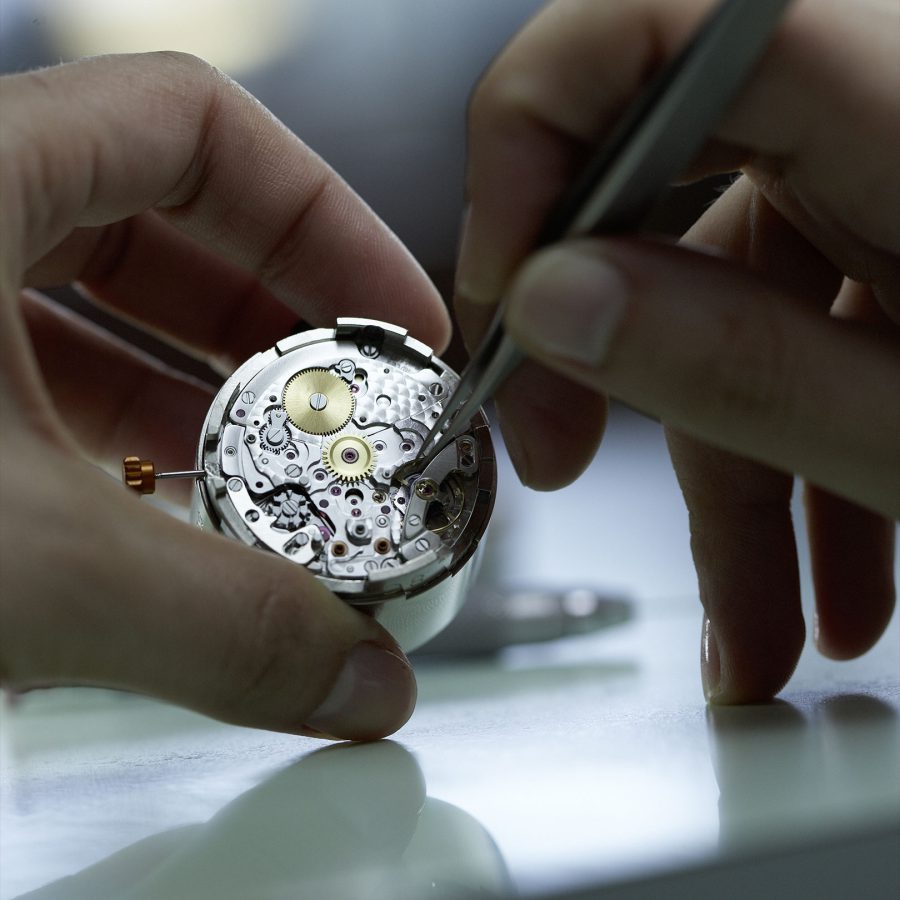
Rolex movements are designed and manufactured in-house by the Rolex Watch Company. They have been doing this since 1903, and they’ve been doing it well ever since. The calibers used in all Rolex watches are COSC certified, meaning that they are tested to meet exacting standards for accuracy (within -2/+2 seconds per day).
Until Rolex acquired the company, Aeglar, in 2004, they exclusively made all of Rolex’s high-quality calibers. Now completely Rolex-owned, the facility employs over 2000 people that produce all the precise movements that go into every Rolex watch. They make the calibers, the Paraflex shock absorbers, and the Parachrom balance springs. A Rolex movement involves hundreds of components, all manufactured here.
Rolex values precision and as such anything made in this facility must be within mere microns of absolute perfection. They must stay compliant with the criteria that earned them their Swiss Official Chronometer Testing Institute certification. To maintain this status, the assembly and regulation of all of the tiny components are carried out by the hands of highly skilled watchmakers.
<>
Dials and Gems: Geneva Chene-Bourg
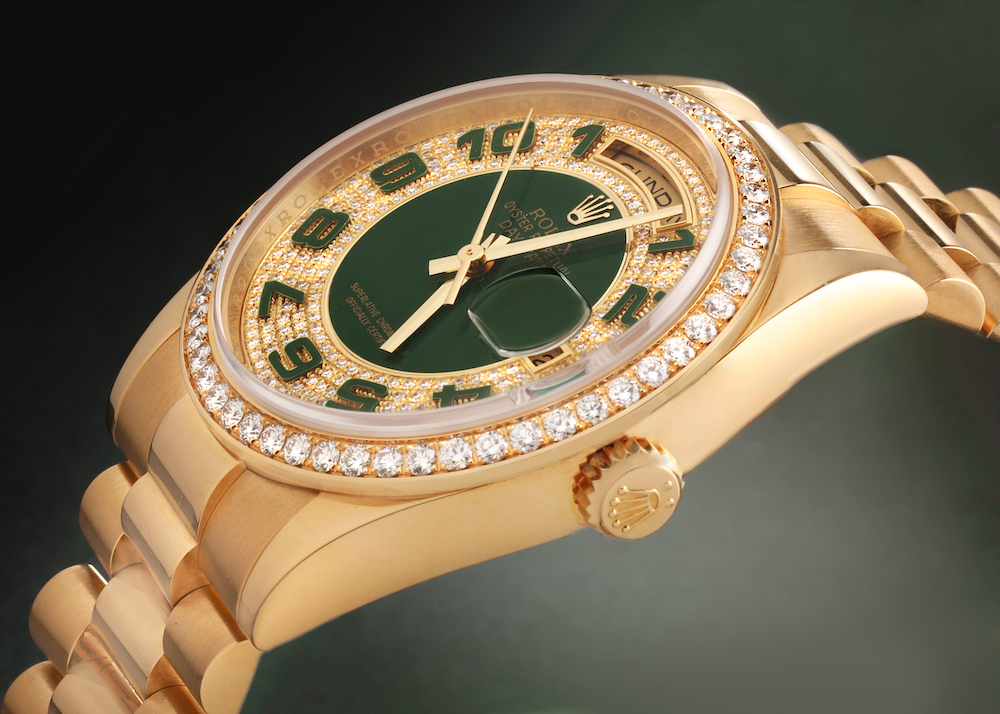
The dials and gems are made in Geneva Chene-Bourg, a town that is part of the watchmaking district of La Chaux-de-Fonds. The skilled craftsmen involved in creating these components are one of the reasons why Rolex watches have such high quality. These workers use traditional methods that involve handcrafting each dial by hand and then putting it through rigorous testing to ensure exacting standards are met.
Even the gemstones used in this facility are studied and guaranteed to be flawless. The dial markers are meticulously crafted from solid gold and every item that leaves this facility has been hand-polished until perfect.
<>
How long does it take to make a Rolex?
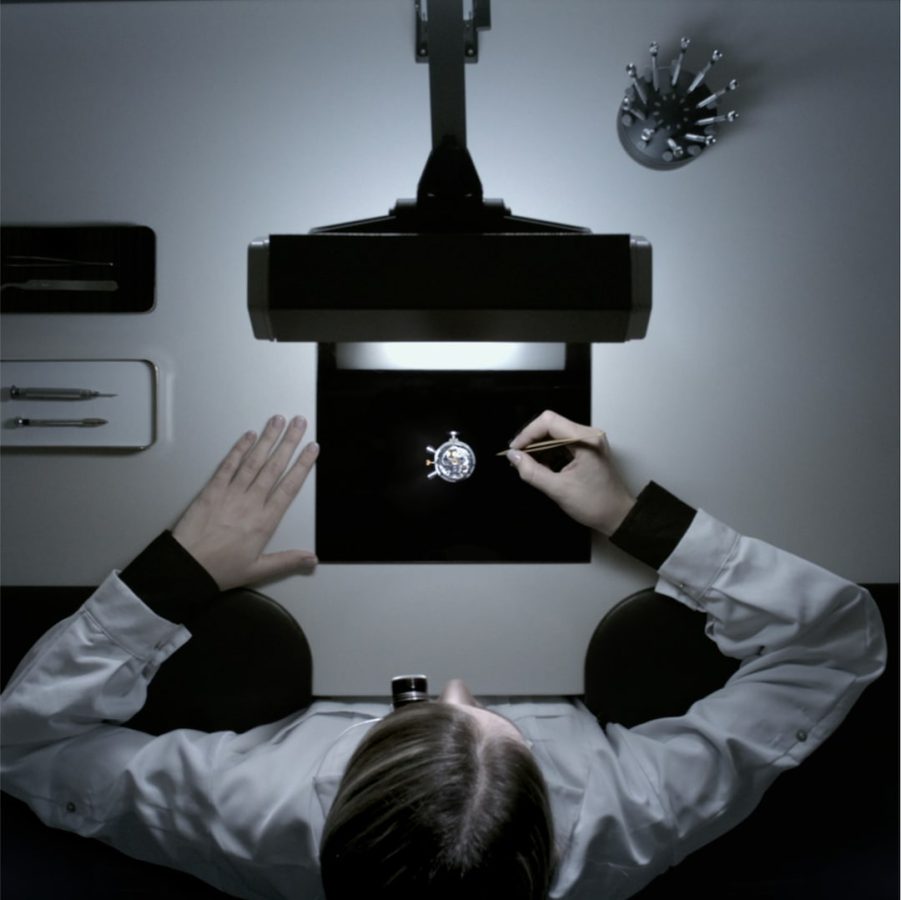
In one of their ads released more than a decade ago, Rolex mentioned that it takes one year to make a single Rolex watch. While Rolex makes just shy of one million watches per year, each one has very complicated and hand-performed steps to create the artistic and precise watches that they guarantee.
Rolex learned early on that the human eye is far more reliable when spotting problems in manufacturing and therefore the human eye is used to make the components. Each dial has hand-riveted markers which are tested through dropping to make sure they are completely set.
Hand-making all the parts: the dial, the case, the bracelet, the tiny and geometrically detailed inner movements, and setting gems, all take a majority of the supposed year-long process. Rolex is very secretive about the goings on in their facility, so the year estimation is based on those claims in advertisements made over a decade ago.
After all the parts are completed (a ceramic bezel is supposed to take 40 hours to create), it’s estimated that Rolex watchmakers need at least 3 hours and 30 minutes to assemble and complete the build of a Rolex watch.
As we have discussed, Rolex is a privately-held company run by a foundation, so they do not publish production numbers and financials. However, the consensus in the watch industry is that Rolex makes as estimated one million watches every year. That would break down to 2,700 watches per day or 82,000 watches per month.
These estimates provide an indication of the scale and productivity of Rolex in meeting the global demand for their iconic timepieces.
<>
Tested to Meet Exacting Standards
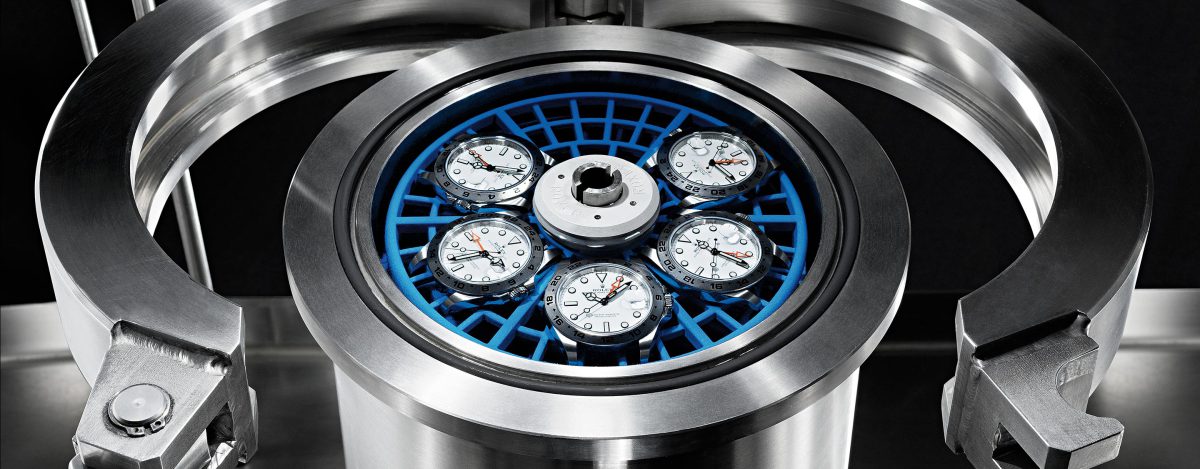
You’ll also be pleased to know that Rolex watches are tested to meet the most exacting standards. Each watch goes through rigorous quality control processes, including inspections and tests conducted by highly trained watchmakers.
Each luxury watch is tested for:
Self-winding
Waterproof Capabilities
Precision
The testing process ensures that every single timepiece is truly worthy of becoming part of the Rolex family, making it one of the best luxury watches around! Any watch sold and leaving the facility receives the Green Rolex Seal that carries a five-year guarantee.
<>
Oysterlock system
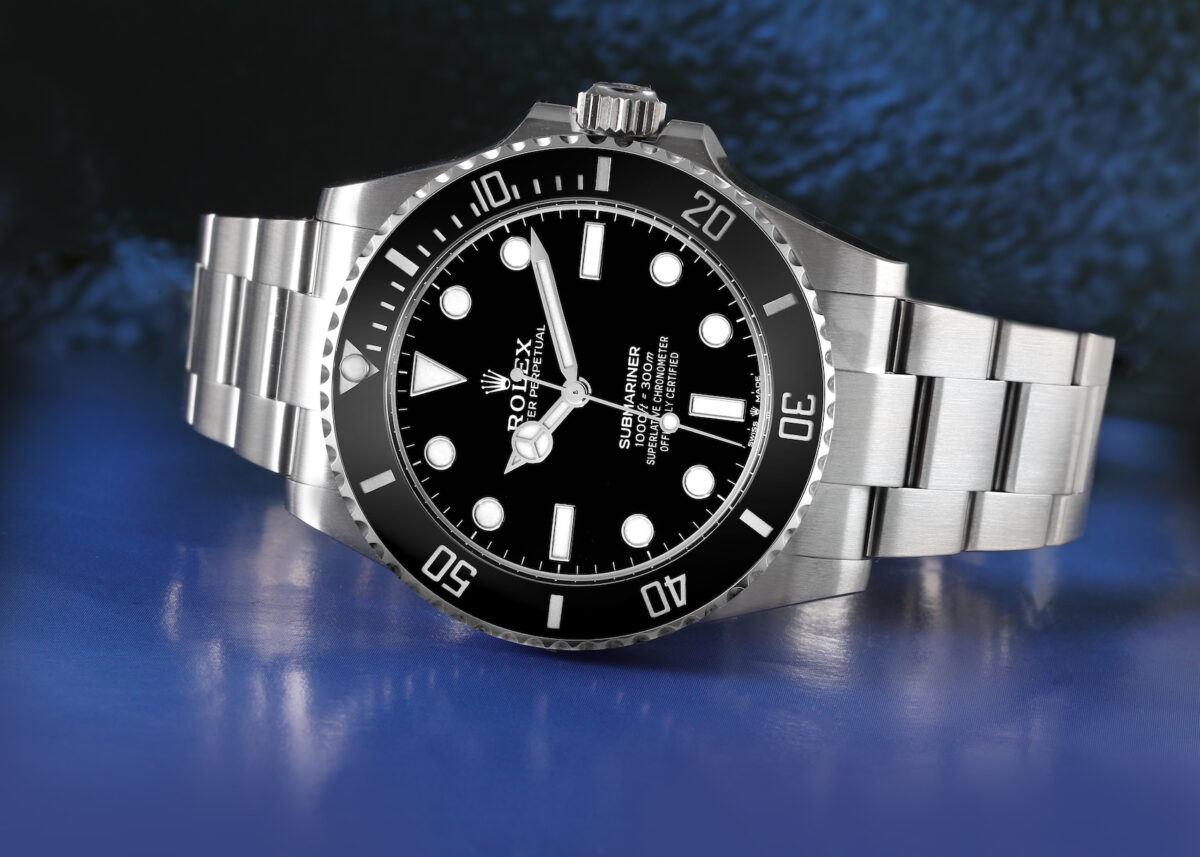
Their hermetically sealed Oyster case was inspired by the ability of an oyster to remain underwater for an unlimited time without any ramifications. The Oyster case was patented in 1926 marking a significant moment in watchmaking history when Hans Wilsdorf developed this waterproof case.
This modern system is fitted on most Rolex models for water protection, damage protection, and other wear and tear of everyday use. This system undergoes 26 different tests before any watch is allowed to leave the facility. These tests ensure that the watch is protected against altitude changes, water and pressure changes, and knocks and gestures.
Each Oyster case is submerged in water and subjected to pressure that is 10% higher than what would be experienced at the depth that each model is guaranteed. Diver’s watches are tested to 25% more.
<>
Clasp System
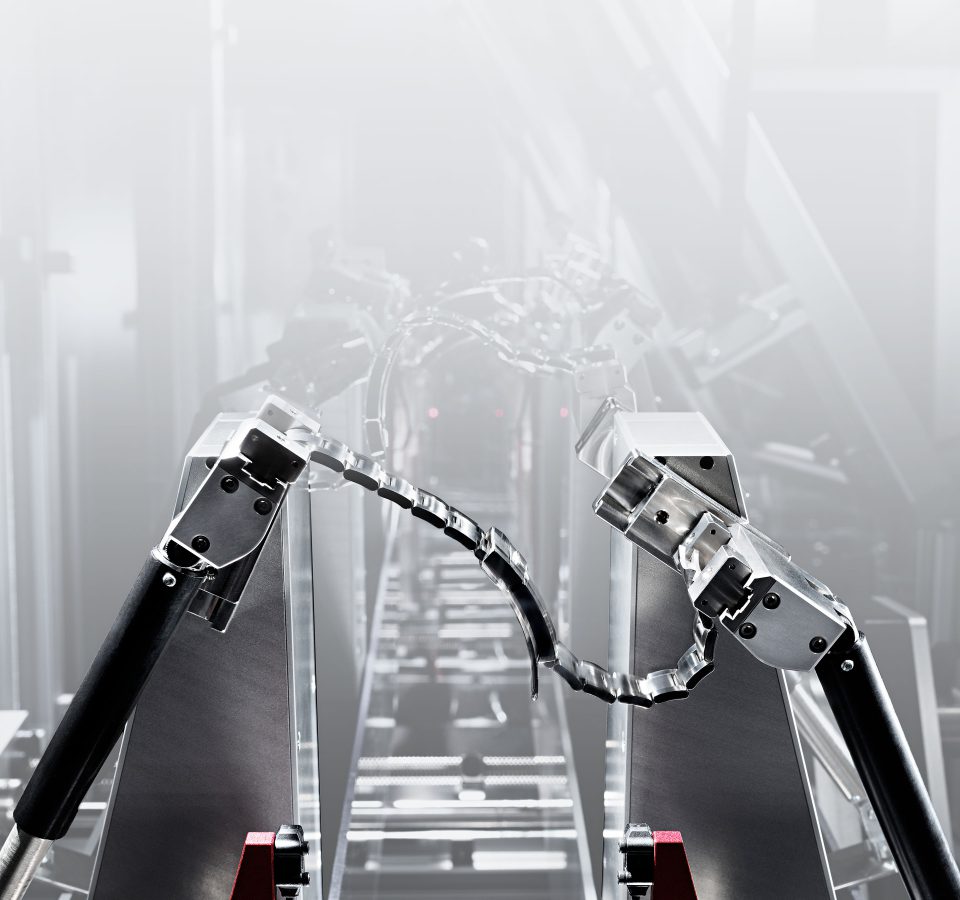
Each watch is submerged in a tank of chlorine water and salt water. If that’s not enough, they then add sand and open and close the clasp not a dozen times, but tens of thousands of times to make sure that it continues to function to perfection when locking and unlocking. Why this much? They decided to test the clasp to three times the estimated life cycle of the clasp design to make sure that every watch band will survive and function fully even in the harshest conditions.
<>
Chronometric Precision
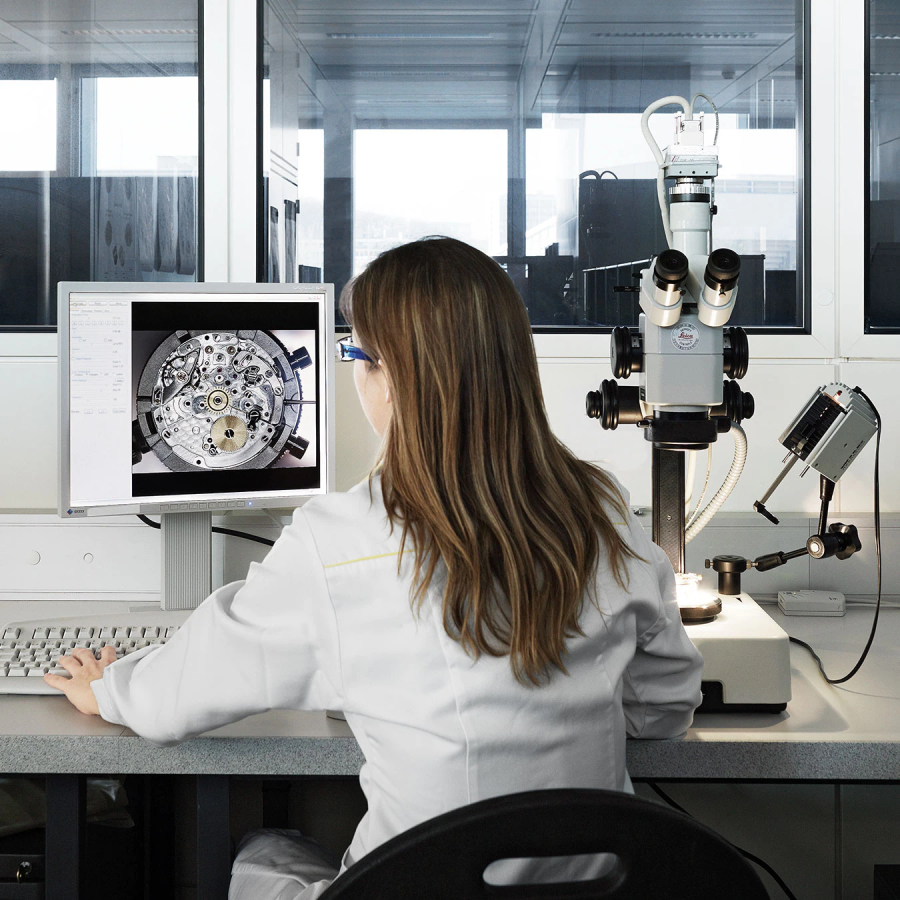
Tests are completed to make sure that all case-up movement maintains the Rolex guaranteed precision, any self-winding functionality, and power reserve.
<>
Crash Test
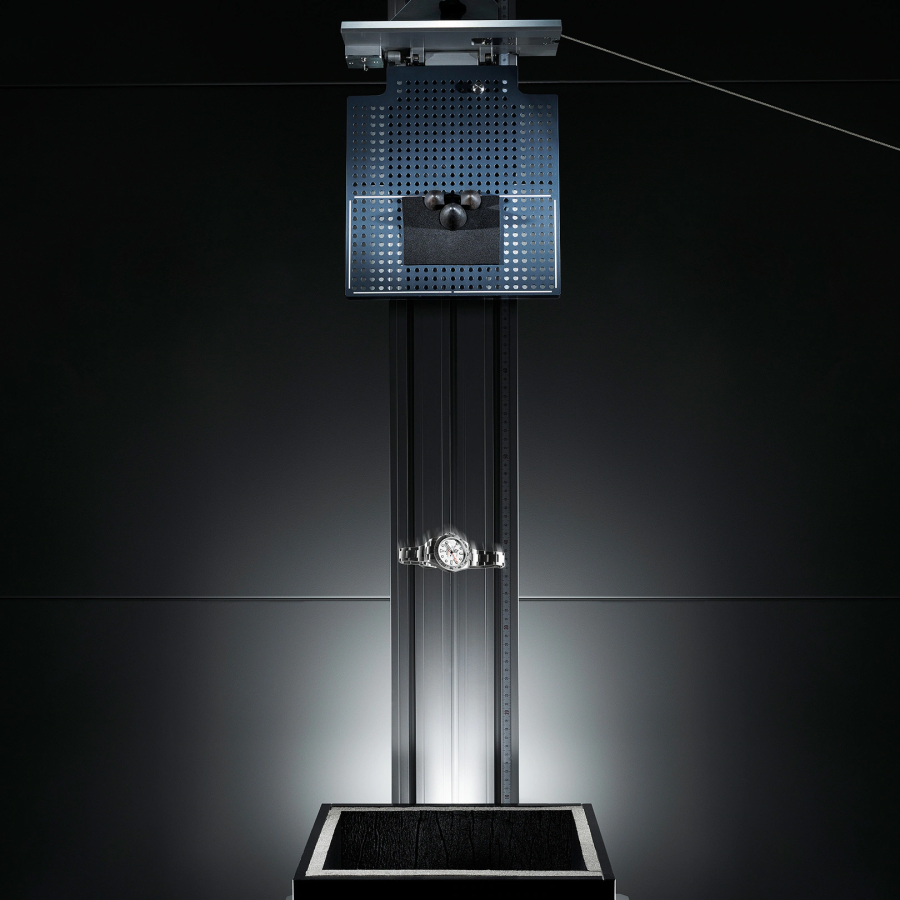
The most severe test put on a Rolex watch is the bélier, or the ram. Their shock-testing equipment simulates an impact of 5,000 G or an impact hundreds of times worse than a car crash test. Under this kind of pressure, the watch not only has to remain unharmed but fully functional.
<>
Deep Sea Test
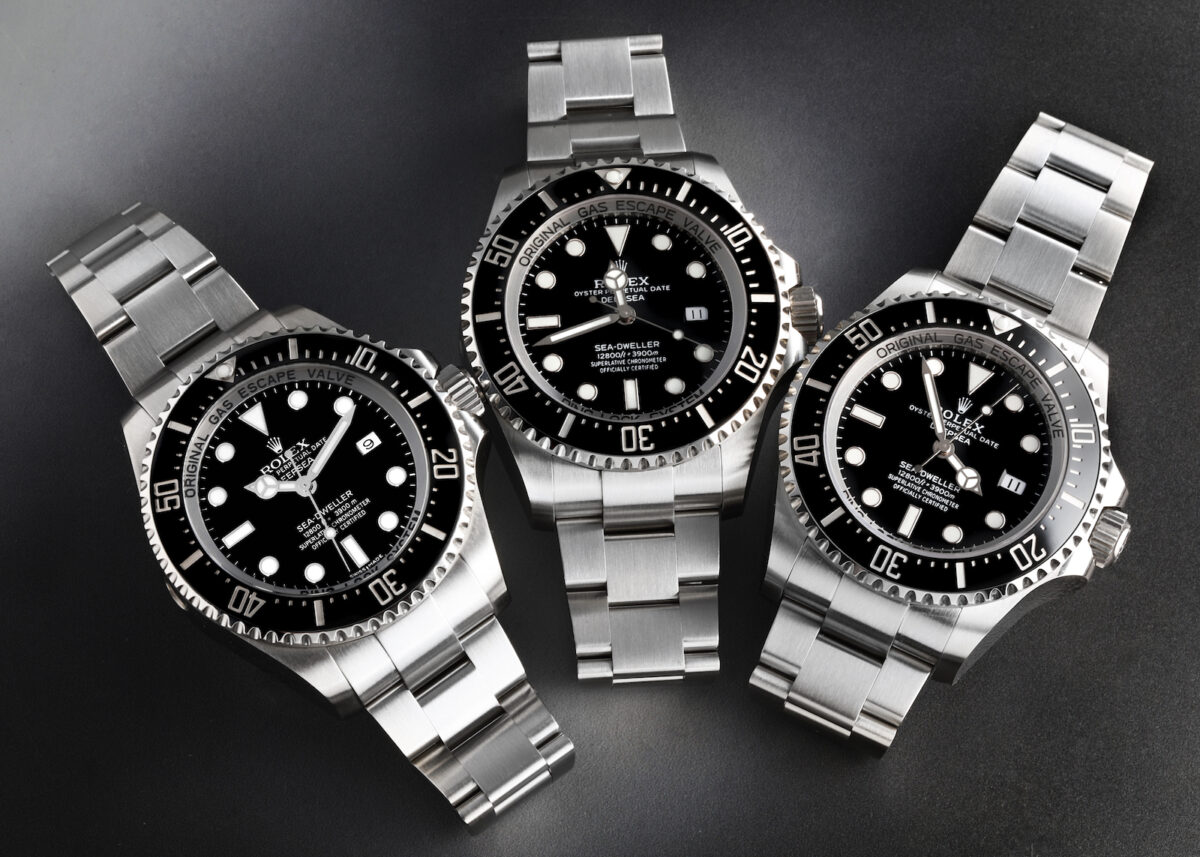
All Deepsea diver’s watches are guaranteed to a depth of 3,900 meters (12,800 feet). In order to give this guarantee, every single diver’s watch is subjected to the high-performance tank where the watch is exposed to 4.5 tons of force (the equivalent of diving to those depths). Any flaw in the watch would be destructive. Every Deepsea watch that is offered for sale has survived this test.
<>
Where Are Rolex Watches Made? Our Final Thoughts
Rolex is known for being an extremely discreet company, and this inclination is understandable. With over 500 patents registered and a reputation as a pioneering force in the luxury watch industry, is only natural for Rolex to safeguard their innovations and maintain confidentiality regarding certain aspects of their operations.
One thing is for sure — Rolex is meticulous about how every single aspect of their watches is created. If you find this as impressive as we do, check out the vast selection of Rolex watches available at SwissWatchExpo.com and add a top-notch luxury watch on your wrist today.
<>

